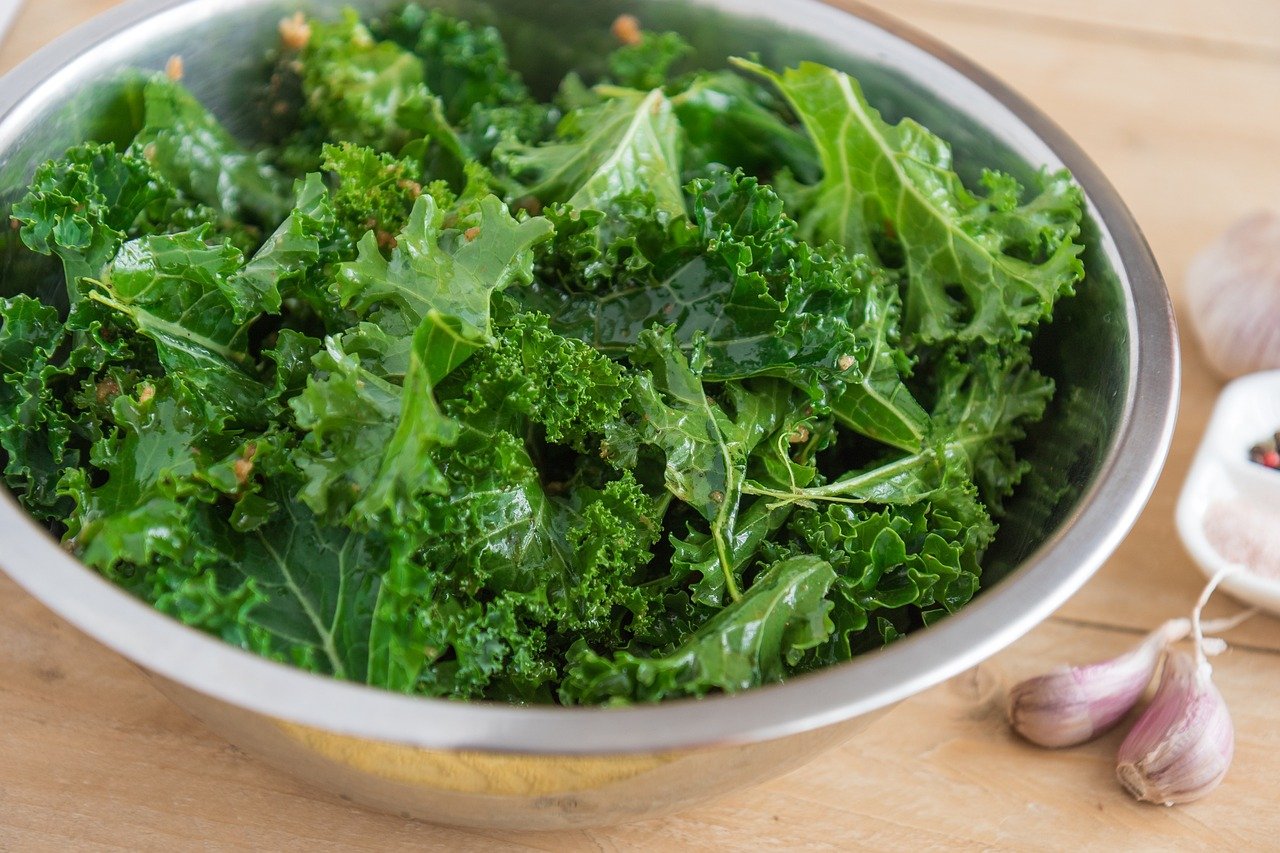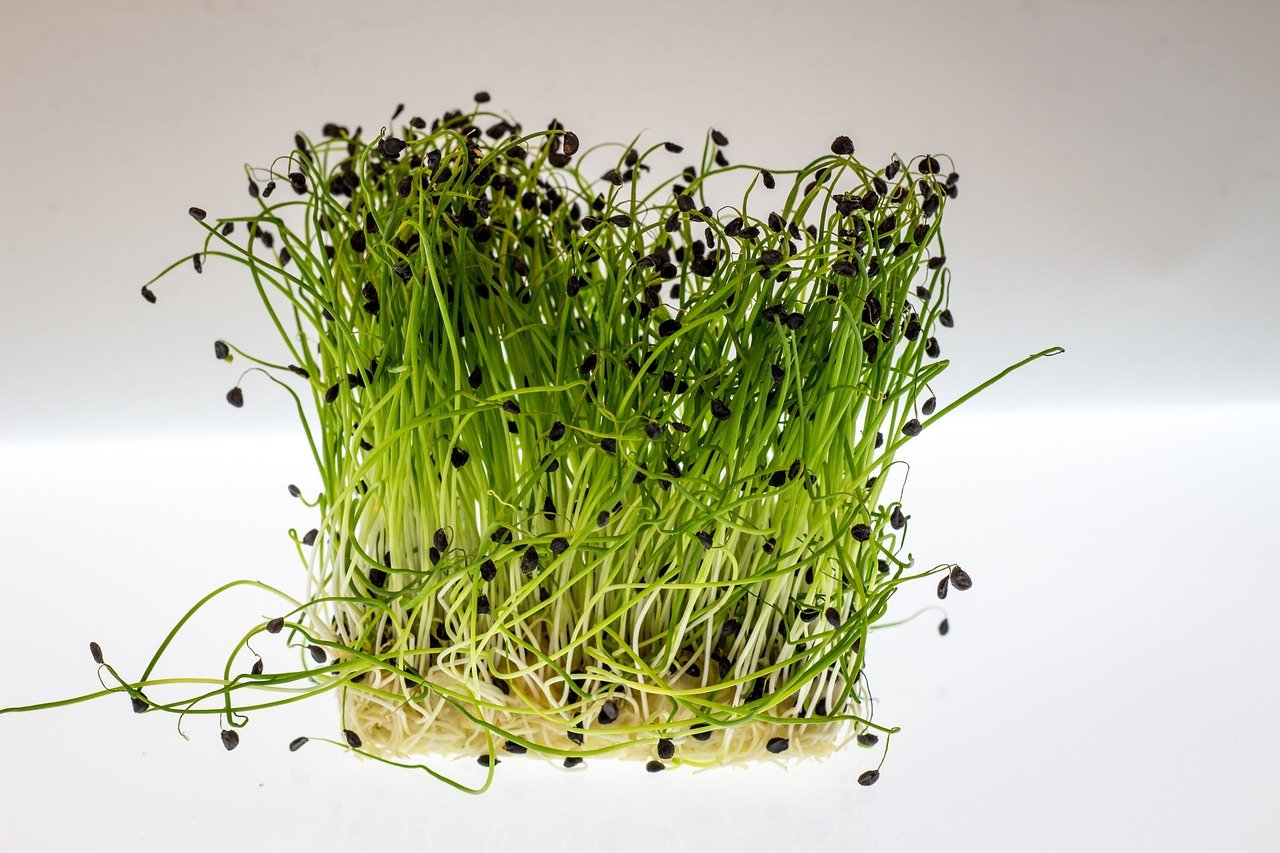Fast Growing Hydroponic Plants
Plants grown in hydroponic systems don’t need to develop extensive root systems because the nutrients are delivered straight to the roots. In these conditions, plant growth is accelerated for all crops, but some even manage to move from seed to harvest in a matter of weeks. If you’re just getting started with hydroponics, don’t be afraid to experiment with different plant species to see which ones thrive in your setup. Here we will talk about the top 7 fast growing hydroponic plants.
FastGrowing Hydroponic Plants
1. Lettuce
Romaine, bibb, and butter crunch lettuces, for example, can be harvested after only three to four weeks. Lettuce heads, like iceberg, can be grown successfully, but they need to be harvested almost twice as long as green lettuce. If you want to harvest leaf lettuce practically daily, leave the inner leaves on the plants while picking off the outer ones. More info on lettuce here.
2. Spinach
For good cause, Spinach has risen to the status of preeminent superfood. Spinach’s many health advantages stem from its high nutrient content, which includes iron, zinc, manganese, and magnesium. When compared to spinach grown on soil, the yield and quality of spinach grown in a hydroponic system are superior. When grown in a hydroponic system, spinach is one of the fastest-to-harvest leafy greens.
Frozen temperatures of less than 10 degrees Celsius kill spinach seeds and young plants. The ideal temperature range for plant growth is between 25 and 30 degrees Celsius.
3. Mustard Green
Mustard greens, sometimes called Indian mustard, leaf mustard, and Chinese mustard, are extremely healthy. , Much like spinach, mustard greens are an excellent source of minerals and vitamins. The advantages of hydroponic cultivation include protection from flea beetles, cabbage worms, and clubroot. Hydroponic green mustard is ready for harvest after 30–40 days.

4. Swiss Chard
Swiss chard is a type of green leafy vegetable that contains very high quantities of vitamin K. After 35 days from seedling, Swiss chard is ready for harvest. It keeps on growing and yielding fruit even after being harvested. Swiss chard can withstand high or low temperatures, making it a highly adaptable vegetable. Since each seed can generate multiple plants, spacing of 3 to 6 inches is recommended. To thrive, it needs a lot of sunlight yet requires minimal care. It is possible to store the seeds for up to five years for further planting.
5. Arugula
This time it’s a leafy green that thrives in a hydroponic system and quickly matures compared to when grown in dirt. The spicy, sour taste of arugula leaves is used in many different recipes. This quick-growing plant can be harvested in as little as 30 days when grown in hydroponics.

6. Kale
Kale is a type of cabbage and is sometimes known as leaf cabbage. Hydroponic cultivation boosts the already impressive nutritional profile of one of the world’s healthiest foods. For this reason, kale is one of the quickest-growing plants hydroponically despite the fact that it is grown in a water system just like any other plant.
7.Watercress

Given its aquatic lifestyle, it makes sense that watercress would thrive in hydroponic environments. It is easy to grow new plants from cuttings or seeds when placed in nutrient-rich water for just a few days. Once the plant’s roots have developed, the watercress can be transferred to a hydroponic system.
Why Do Hydroponic Plants Grow Faster
The time it takes for plants to mature with hydroponics is reduced by 20%-50% compared to traditional soil gardening.
The capacity to regulate nutrients and pH, good ventilation, climate stability, and low susceptibility to pests and illnesses. Aeration is essential in most hydroponic systems, and this is achieved with the help of an air pump and stone.
In hydroponics, timers and other automated mechanisms regulate and start watering cycles. A steady stream of nutrients and the preservation of all growth-promoting conditions are guaranteed by automated systems. The constant warmth and humidity provide ideal conditions for rapid plant development.
What plant has the highest yield?
Some of the top performers include:
- Tomatoes: Tomatoes are one of the most popular hydroponic crops, with high yields and fast growth rates. They are also a good choice for beginners.
- Cucumbers: Cucumbers are another popular hydroponic crop that can produce high yields. They require warm temperatures and plenty of light.
- Lettuce: Lettuce is a fast-growing crop that can produce high yields in hydroponic systems. It is also a good choice for small-scale hydroponic setups.
- Bell Peppers: Bell peppers are a bit slower to grow than some other hydroponic crops, but they can still produce high yields in the right conditions. They require lots of light and warmth.
- Strawberries: Strawberries can be grown hydroponically and can produce high yields in a relatively small space. They require cooler temperatures than some other hydroponic crops.
It’s important to note that the yield of any hydroponic crop will depend on a variety of factors, including the specific hydroponic system being used, the quality of the nutrient solution, and the care and attention given to the plants.
Factors Influencing Plant Growth in Hydroponics
Nutrient Solution Composition
One of the key factors influencing plant growth in hydroponics is the composition of the nutrient solution. In this soilless cultivation system, plants rely on a carefully balanced mix of essential macronutrients and micronutrients. Macronutrients, such as nitrogen, phosphorus, and potassium, play a vital role in supporting overall plant health and development.
Nitrogen aids in leafy green growth, phosphorus contributes to root development and flowering, while potassium helps with fruit production. Furthermore, micronutrients like calcium, magnesium, and iron are equally crucial for optimal growth.
Calcium is essential for cell wall development and nutrient transport within the plant. Magnesium plays a vital role in chlorophyll production and photosynthesis, while iron is necessary for enzyme functions related to energy transfer within the plant.
pH Levels and Monitoring
Maintaining proper pH levels is another critical aspect of successful hydroponic gardening. Each plant species has its own preferred pH range for optimal growth.
Some plants are considered acid-loving (such as blueberries) and thrive in lower pH conditions (around 4-6), while others are alkaline-loving (like cucumbers) and prefer higher pH levels (around 6-7).
To ensure that plants receive adequate nutrients from the solution, it’s crucial to monitor pH levels regularly using either pH testing kits or meters specifically designed for hydroponics. Monitoring allows gardeners to make timely adjustments by adding appropriate solutions to raise or lower pH levels accordingly.
Techniques for Accelerating Growth in Hydroponics
Light Intensity and Duration
The right type of grow lights can significantly impact the growth rate of hydroponic plants. When choosing between LEDs (light-emitting diodes) and fluorescent lights, consider the light intensity and energy consumption. LEDs emit intense light while using less electricity, making them an excellent choice for energy-efficient systems.
Fluorescent lights, on the other hand, are more affordable upfront but consume more energy in the long run. In addition to selecting the appropriate grow lights, determining the optimal light duration for specific plants is crucial.
Leafy greens like lettuce and spinach typically require around 14-16 hours of light per day, while fruiting vegetables such as tomatoes and cucumbers may benefit from 10-12 hours of light. Adjusting the light duration based on plant needs helps promote healthy growth and maximize productivity.
Temperature and Humidity Control
Maintaining ideal temperature ranges is vital for fast-growing hydroponic plants to thrive. Different plant species have varying temperature preferences, so it’s important to provide suitable conditions accordingly. For instance, leafy greens like lettuce prefer temperatures between 60-70°F (15-21°C), while tomatoes thrive in slightly warmer temperatures ranging from 70-85°F (21-29°C).
It’s essential to monitor and adjust environmental conditions within these optimal ranges to avoid stressing or damaging the plants. Proper humidity levels also contribute significantly to plant health in hydroponic systems.
Controlling humidity helps prevent issues such as mold growth or excess moisture that can harm plants’ root systems. Leafy greens generally prefer higher humidity levels around 50-70%, while fruiting vegetables may thrive better with slightly lower humidity levels around 40-60%.
Which Hydroponic Plants Are Fast-Growing and Beginner-Friendly?
When it comes to choosing the best hydroponic plants for harvest, consider fast-growing and beginner-friendly options like lettuce, spinach, and Swiss chard. These leafy greens thrive in hydroponic systems and can be ready for harvest in as little as a few weeks, making them perfect choices for novice growers.
Conclusion
Understanding the factors that influence plant growth in hydroponics is key to achieving fast and successful results. Nutrient solution composition plays a crucial role as macronutrients like nitrogen, phosphorus, potassium, along with micronutrients like calcium, magnesium, iron are necessary for overall plant health and development.
Monitoring and maintaining the optimal pH levels ensure that plants can effectively uptake nutrients. Additionally, techniques such as providing appropriate light intensity and duration, controlling temperature, and managing humidity contribute to accelerating growth in hydroponic plants.
By embracing these practices and fine-tuning the conditions for specific plant species, gardeners can cultivate thriving hydroponic gardens with impressive yields of nutrient-rich vegetables and herbs. Happy growing!
FAQ
1. What are some examples of fast-growing hydroponic plants?
Some examples of fast-growing hydroponic plants include lettuce, spinach, radishes, and bell peppers. These plants are known for their quick growth rates when grown in a hydroponic system.
2. How fast can hydroponic plants grow?
Hydroponic plants can grow up to 50% faster than soil-grown plants. This is because in a hydroponic system, the nutrients are delivered directly to the plant’s roots, allowing them to focus more energy on growth.
3. What conditions are needed for hydroponic plants to grow quickly?
For hydroponic plants to grow quickly, they need the right balance of light, temperature, nutrients, and water. The pH level of the water should also be monitored and kept within the optimal range for the specific plant species.
4. Can all plants be grown hydroponically?
While most plants can be grown hydroponically, some are better suited for this method than others. Fast-growing, leafy plants and herbs are often the best choices for hydroponic systems.
5. What are the benefits of growing plants hydroponically?
Hydroponic gardening has several benefits. It uses less water than traditional gardening, allows for year-round growth indoors, and can result in higher yields. It’s also a great option for those who don’t have access to a traditional garden space.

